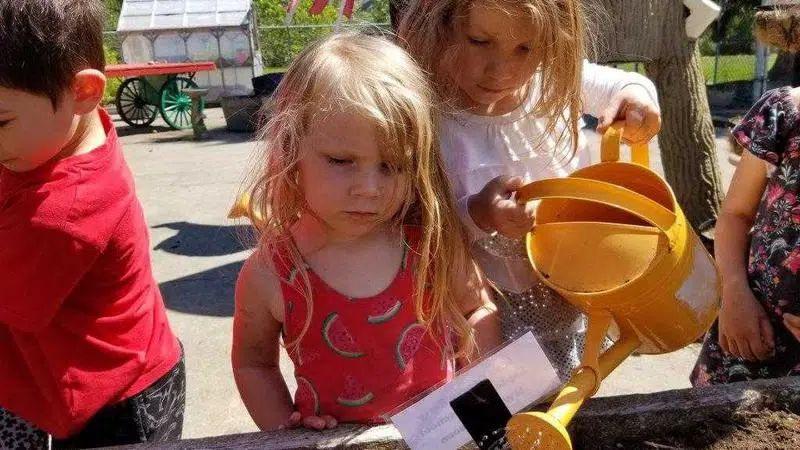
The explorers urban garden: Gardening is learning
Not many remember the original Museum building in Prince George, prior to the rebranding as The Exploration Place. The original building was built as a tourist attraction and was meant to be a loose reconstruction of Fort George. The Museum opened in 1972, finally providing a permanent housing for the museum collection, which had previously moved around from the old Civic Centre to the Chamber of Commerce, the library, and Council Chambers of the old City Hall.
Only three short years after it opened, a devastating fire destroyed the building, and almost the entire Museum collection with it. The fire left behind the concrete foundation, which was later fenced with chain-link, and used as outdoor storage for the Museum. This area had become somewhat of an eyesore in Prince George’s premier city park but has since blossomed into something both beautiful and educational.
In 2009, an idea came to fruition with the creation of the Explorers Urban Garden Project, a community teaching garden focusing on environmental gardening, recycling, composting, food security, ethnobotany, urban greening, and quality of life. The idea grew out of the realization that many people, especially children in urban areas, have become increasingly separated from their food sources. When the idea of the garden was first introduced to the children in the Fort George Explorers After-School program, some of the children thought food came only from the grocery store, not from the ground! Many of the children who did know where fruits and vegetables come from were still resistant or unwilling to try eating them.

